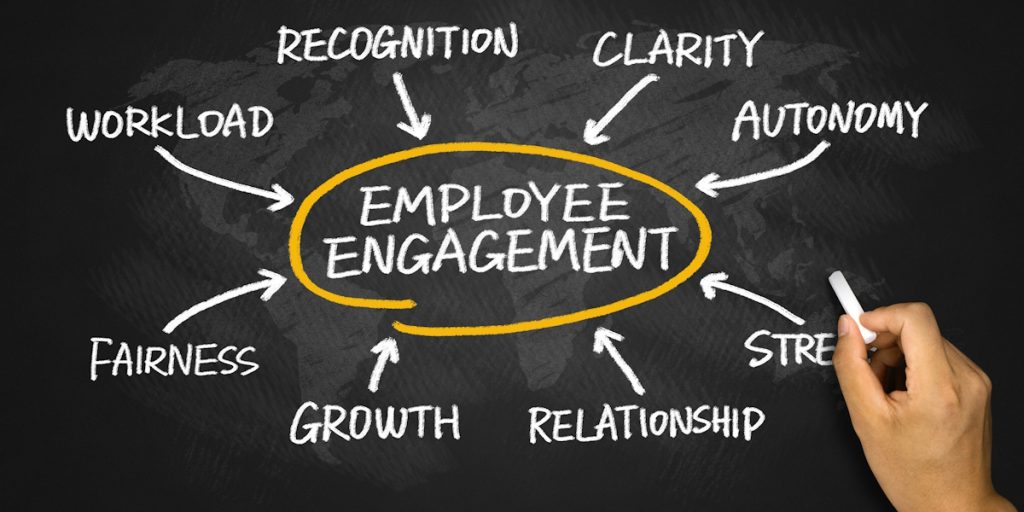In today’s competitive business environment, recognizing employee achievements is not just a nice-to-have; it’s a strategic imperative. Effective recognition programs play a crucial role in boosting employee morale, retention, and productivity.
But what makes a recognition program successful? This article explores the ins and outs of employee recognition and provides a roadmap for implementing impactful recognition programs.
Understanding Employee Recognition
Employee recognition is the acknowledgment of an employee’s efforts, achievements, and behaviors that support the organization’s goals and values.
In the modern workplace, recognition programs are essential for fostering employee engagement and motivation.
These programs contribute significantly to improved job satisfaction, employee retention, and overall productivity. By making employees feel valued, companies can cultivate a more positive workplace culture and drive higher performance.
The Impact of Recognition Programs
The 2022 Gallup and Workhuman report highlighted the profound impact of effective recognition on employee wellbeing. The study, which surveyed over 12,000 employees across 12 countries, found that employees who feel adequately recognized are twice as likely to view their lives positively and up to 90% less likely to frequently experience burnout.
Additionally, recognized employees are ten times more likely to feel a strong sense of belonging at their workplace.
These statistics underline the critical role that recognition programs play in enhancing individual employee experiences and bolstering the health of an organization.
Best Practices for Employee Recognition
To build a successful recognition program, consider these best practices:
1. Clearly Define Your Recognition Program and Its Objectives:
Start by outlining what behaviors, achievements, and values you want to recognize. These align with your overall business goals and clearly communicate them to your employees.
2. Measure the Success & Effectiveness of Your Program:
Implement mechanisms to track the effectiveness of your recognition efforts. Conduct regular employee surveys and performance metrics to gauge their impact on morale and productivity.
3. Daily Recognition Tactics:
Integrate recognition into the daily work life of your employees. You can give shout-outs in team meetings or praise in internal newsletters. This makes recognition a regular part of your company culture.
4. Celebrating Employee Milestones:
Acknowledge significant career milestones like work anniversaries or major project completions. These little celebrations reinforces the value of loyalty and hard work.
5. Monetary & Non-monetary Rewards:
Diversify the rewards you offer to cater to different employee preferences. These can range from bonuses and gift cards to additional time off or public acknowledgments.
6. Leverage Technology:
Use digital platforms to make recognition easy and accessible for all employees, regardless of their location. This is particularly useful in supporting hybrid and remote work models.
Challenges and Solutions In Recognition Programs
Implementing an effective recognition program is not without its challenges.
1. Overcoming Common Obstacles
Common obstacles include budget constraints, perceived inequalities in recognition, and a lack of authenticity in the gestures of appreciation.
Cultural Differences:
Multinational companies face challenges in standardizing recognition practices across diverse cultural contexts.
Solution: Customize recognition programs to respect cultural nuances while maintaining core organizational values.
Recognition Saturation:
When recognition is given too frequently or without sufficient reason, it can lose its meaning.
Solution: Establish clear criteria for recognition to ensure it remains special and sought-after.
2. Maintaining Program Integrity
To overcome these challenges, ensure your program is inclusive, fair, and aligned with genuine appreciation. Regularly review your recognition practices to ensure they do not become rote or perfunctory.
Steps for Evaluating and Evolving Your Recognition Program
Continuous evaluation is key to the ongoing success of recognition programs.
1. Continuous Improvement through Feedback
Get quarterly feedback through employee surveys, focus groups, and one-on-one meetings. It reduces communication barriers, makes employees feel heard and valued. It offers employees an outlet to voice any discrimination that may demotivate the employee.
2. Adapting to Employee Needs
Use the employee surveys data to refine and evolve your strategies. Make sure the updated strategies remain relevant and meaningful to your workforce. Moreover, adapting your recognition program based on employee feedback demonstrates a commitment to genuinely valuing your staff’s contributions.
3. Utilizing Data for Strategic Decisions
Regularly review data collected through feedback mechanisms to make informed decisions about program changes and enhancements. This data-driven approach helps ensure that the recognition program remains aligned with both employee needs and organizational goals.
4. Encouraging Leadership Involvement
Encourage active participation from leadership in the recognition process. Leadership involvement will boost the visibility of your recognition program. It also sets a tone from the top that they value and appreciate employee contributions across the organization.
Conclusion
A well-planned recognition program is more than just an HR initiative. It’s a foundational element of a positive workplace culture for enhancing employee satisfaction and loyalty.
By investing in robust recognition programs, companies can reap significant benefits in terms of employee engagement, productivity, and retention. You can celebrate and value your employees’ hard work using our recognition strategy roadmap.
Would You Like a Free Consultation for Best Employee Recognition Program?




